A Long Weekend in Puglia
A few delicious days at Masseria Fontanelle.
How do I begin to describe the things I adore about Italy? There’s the art, the romance, the staggering abundance of history and the unrivalled glamour of sipping a Spritz while overlooking the Adriatic Sea.
When I daydream, my mind wanders to Abruzzo’s sun-kissed vineyards or the snow-dusted, truffle-scattered peaks of Piedmont. Call me clichéd, but I long to embrace la dolce vita in Venice (especially when the Biennale takes hold); I want to be immersed in the old world splendour of Trieste; and I’m tempted to move to Bologna for the pasta and Mortadella alone.
So when a friend suggested that we run away to Puglia (the sun-kissed, water-hugged region occupying the heel of Italy’s boot) I didn’t hesitate - because who among us can resist the call of Negronis, ceramics and sand?
But with more than 800 kilometres of coastline, an abundance of historic towns, and wineries and ancient olive farms aplenty, where should you begin your Puglia adventure?
There’s Matera (in the neighbouring Basilica region), where you’ll discover Europe’s oldest continuously inhabited settlement, the churches and homes of its UNESCO-protected Sassi districts found within hand-hewn caves that date back to the Stone Age. There are delightful swimming spots around the cliff-hugging Polignano a Mare and buzzing Monopoli (both connected to Bari by train), while further south, in Lecce, you’ll encounter stunning Baroque architecture - almost everything here is built from honey-hued limestone, meaning buildings not only look like ornate wedding cakes, but glow in the sun.
Ostuni, known as the Città Bianca (White City), is packed with boutique stores such as Little Sartoria (where founder Monica Nicoletti creates sustainable, handcrafted embroidered clothing) and charming restaurants like Casa San Giacomo, a traditional trattoria in every sense of the word. For grape devotees, you have Masseria Li Veli, a winery that pairs Negroamaros and Primitivos (grape varietals synonymous with Puglia) with long lunches. And in Alberobello, you have a maze of traditional whitewashed trulli houses - if the crowds here get too much, be sure to unwind over lunch in the veggie garden at Trattoria Terra Madre.
If you’ve come to Puglia to celebrate - or are simply after a meal to remember - be sure to feast at the Michelin-starred Due Camini restaurant at Borgo Egnazia, one of the most luxurious hotels around. Designed to feel like a small village, Borgo Egnazia is family friendly, holds regular fetes and festivals, boasts two private beaches, is a short walk from the ruins of Egnazia (atmospheric remains of an ancient Roman city), and have their own tour provider, Indigenus Experiences, who offer custom excursions. I sampled two of these, kicking off my trip with a morning bike ride along quiet country lanes, past prehistoric menhirs and centuries old olive trees, following a local guide who knew the best spot for a post-cycle gelato. And I caught myself swooning multiple times while visiting studios and workshops in Grottaglie, a town famed for its ceramics (this has been a pottery hub for more than 1,000 years). A highlight was having the chance to spend time with Nicola Fasano, an 18th-generation artisan who works in a space filled with 16th-century kilns. Walking around his store, which has been built into the rock (much like the homes of Matera) and is full to the brim with plates, vases, mugs and sculptures, you feel as if you’ve stumbled upon a true treasure trove. By the time I settled in for dinner at Da Alfredo (a relaxed restaurant celebrating superlative local wines and ingredients) I was weighed down by more than a few ‘essential’ ceramic purchases.
If you’re after a relaxed, beachside lunch following one of your Indigenus outings, stop in at Ostuni a Mare (a resort that is also dotted with Nicola’s ceramics) and claim a table by the Adriatic Sea at Il Pontile. Bathed in light and framed by floor-to-ceiling glass windows, this Mediterranean restaurant has a flair for seafood, and their perfectly-spiced fritto misto di mare is not a dish I’ll soon forget. If you’re craving wood-fired piazzas though, look to Il Pergolato in the hotel’s palm-shaded courtyard. Both restaurants have remarkably friendly waiters (this is a place where names and faces are remembered), one of whom recommended I pay a visit to the nearby Castellana Grotte. Only discovered in 1938, this network of karst caves has taken shape over the past 100 million years, and every surface is adorned with sculptural stalagmites and stalactites.
My friend and I had ultimately come to Puglia to take things slowly, so ended our getaway with a few unhurried nights at Masseria Fontanelle in sunny Salento, where we did little more than devour books by the pools (Spritz in hand) and bob contentedly in the turquoise-hued Ionian Sea.
Of course, there are plenty of reasons to venture further afield - L’Acchiatura restaurant is only a 20-minute drive away, and there are regular boat trips to the sea caves that line the coast, and swimming spots like the crystalline Grotta della Poesia (Cave of Poetry) - but how often do you actually get the chance to unwind in a friendly, history-packed Italian bolthole?
At the bougainvillea-speckled Masseria Fontanelle (which comes with a restaurant and requisite bar) it’s just a case of picking the best spot to chill for any given moment. There are two outdoor pools to choose from (both framed by Mediterranean scrub and overlooking the sea, which you can reach on foot, by using the hotel’s bikes or via their transfer bus), regular yoga and pilates classes, movie nights at the outdoor cinema, a private hydromassage pool, sauna and stream room, and a spa where my massage was so restorative, I nodded off. And while the hotel has partnered with a private beach club, I enjoyed starting my days with a walk along the glowing white sand and setting up my towel in a spot I had all to myself.
Parts of the property were built between 1600 and 1800 (the masseria began its life as a convent), and being surrounded by this much history has a fascinating effect. As you lie in the sun, your mind wanders to all that has unfolded here, the stories and dramas that have played out within these stone walls… until you become so hot that you have to jump in the pool once more.
To learn more about Masseria Fontanelle, click here - and for more Italian inspiration, check out our Italy magazine.
Words & Photographs by Liz Schaffer
Returning To Italy
Journey to Puglia - a guide to safe, sun-filled travel in the Age of Corona.
Words by Will Doyle
Photographs by Renae Smith & Will Doyle
It is 6 p.m. on a perfect blue sky summer’s evening in one of Puglia’s many enchanting coastal cities, Monopoli. The air is still a warm 26 degrees as I wind my way through the paese vecchio (old town) of this ancient place, toward the Adriatic Sea and the aperitivo bar where my cousin and her friends wait.
I am 45 minutes late. I have been using Italy’s trains.
The rustic city is alive and breathing, as locals and Italian tourists pour into the streets, like fresh air into antique lungs, to commence the first of many evening walks. A group of men play cards in a cardboard box on a bench. Children kick a football in the narrow allies. A military jet roars overhead on its seemingly pointless daily flight along Italy’s south coast. And as the sun slowly softens into the sparkling blue sea, there is some reprieve in the cool, salty breeze that swirls around me, carrying the scent of clean laundry and cooked basil.
For a moment it is almost as if nothing is different. The smells are nostalgic, the sights and sounds are typical, the trains are late - this could be any summer in Italy. Except, I remind myself, it is not.
By the beginning of July 2020, over 34,000 people in Italy were estimated to have lost their lives to COVID-19. The south of Italy, particularly Puglia, emerged relatively unscathed, though not without a still tragic number of lives lost.
Italy eased itself out of lockdown over May and June without much controversy, and with the darkness of the first half of the year behind them, the nation’s people rejoiced as they experienced freedom again, albeit in a ‘new Italy’ of social-distancing, le mascherine (face masks) and excessive hygiene courtesy of an abundance of hand sanitiser dispensers.
Seizing the opportunity, I booked a last-minute flight to Bari. My rationale - I am fortunate enough to be healthy and to be able to afford it, I have holiday leave available at this precise time, and I was willing to respect all safety regulations and rules put in place in Italy and Puglia (including printing a confusing range of forms for my flight and keeping track of every place I visit). Plus, maybe with a bit of extra cash from a now-rare foreign tourist, some local Italian businesses in this ‘new Italy’ could stay afloat – all of this seemed compelling enough for me.
So what does this new Italy entail for the humble traveller?
Astonishingly it is not all too different from the old one. I was able to visit 7 cities in 5 days, spanning 200km, without a hire care (using Italy’s public transport ), relatively unrestricted. I ate an incredible array of Italian favourites. I swam at several pristine beaches. I saw the insides of baroque churches, sat on the walls of Roman era amphitheatres and got lost in the classic house-lined ravines and narrow streets that we surrender ourselves to whenever we visit this magnificent country.
All I had to do was comply with the three simple rules in place at the time – “wear a mask, keep social distancing, wash your hands.”
Italians have valiantly enforced social distancing, so much so that being outside before 6 p.m. made many of the cities dotted along Italy’s heel feel like ghost towns – although this is perhaps better attributed to an absence of foreign tourists, and the fact that locals don’t typically venture too far into the open while the sun is high.
Ostuni, the White City (Citta Bianca) visible on its mount from many miles away and girded by millions of olive trees, was eerily quiet, with many of its classic piazzas, picturesque bright nooks and labyrinthine alleyways entirely uninhabited.
I had Alberobello’s distinct trulli huts all to myself, and wandering the hilly district on which many of these curious settlements were established, I saw what would have been a fraction of the people hunting for their perfect Insta shot as compared to the usual masses on their seasonal holiday. This truly was experiencing an Italian summer like never before.
I suppose it is RIP free walking tours…for now.
Otranto and Gallipoli, being wonderful seaside towns, were perhaps slightly busier given the dazzling weather, but again most of the people I observed were Italian tourists or locals. Polignano a Mare’s main beach by Grotta Piana was often busy, but finding a socially distant spot for your towel and a swim was not too difficult, and the crowds could be avoided with an early morning dip.
I observed a chef, Francesco, who wore a face mask and chef’s jacket with his name hand-stitched into the sides as he prepared my Orecchiette alla Pugliese in Alberobello’s Il Ristorante La Cantina – safety with style in an Italian kitchen.
Accommodation wise, I stayed at B&B Relais Del Senatore in Polignano a Mare where I enjoyed breathtaking views of the Adriatic at sunrise and sunset from the comfort of my bed (a truly perfect place to stay), and Dimora Storica Muratore luxury rooms in Lecce, a vibrant and modern interior set in an old mansion with the best breakfast I’ve ever had at an Italian B&B. Both B&Bs were exceptionally considerate of the circumstances and placed a huge emphasis on hygiene and cleanliness, with distancing respected and hand sanitiser available. In Lecce I was even treated to a mandatory temperature check and was able to purchase face masks – I was very impressed with the priority for safety.
Despite the new measures in place, I could see that some of Italy’s oldest traditions had experienced radical changes to adjust to the new way of life.
Take for example the patrons in Gallipoli’s Basilica Cattedrale di Sant'Agata, where there were no more than 30 people in a beautiful old church with 200 capacity. The priest now hand delivers communion to the mouths of the faithful around the church, with their face masks coming down briefly to consume the host. This is the reality of attending mass in Italy, and despite their vulnerability, many of Italy’s older inhabitants maintain a steadfast devotion to their religion, even if it means risking their health.
On another occasion, I saw two senior Italian men creaking toward each other at a snail’s pace in an archetypal Lecce street. As they met, they touched elbows to greet each other. It was an adorable moment to witness and a sign that even the oldest members of the population have adapted to this new country – all the while, the warmth of the old world remains.
But even the mask I have firmly wrapped around my nose and mouth cannot deny the heavenly flavour of this place. You can still find the best pizza (it was Il Pizzicotto in Lecce) and the best gelati (it was a pistachio variant I had in Martinucci in Polignano a Mare). The risks are there for travellers but if you can observe the requirements and maintain common sense, then the delights of southern Italy are still yours to explore.
Back to Monopoli, where we began - I arrive at the bar, CarloQuinto, and apologise profusely to my cousin, but she is just happy to seem me, and I her. The bar is situated right on one of Monopoli’s eastern sea walls and promenades, we have endless views of the Adriatic Sea under a pristine canopy. Neither of us can believe we are both there. A glass of something is thrust in front me, and an array of zucchini, capocollo (a typical Southern Italian ham from Martina Franca), calamari, artichoke and olives are shoved right under my nose. I am, once again, utterly enchanted.
“I am glad that people are once again coming to Italy” she tells me. And I am glad too.
Jewel of the South
Discovering Italy.
Words by Nardia Plumridge & Photographs by Renae Smith
One of the joys of travelling through Italy is its diversity. From snow-capped northern Alps to turquoise southern beaches, it couldn’t be more poles apart. But what makes this country so fascinating is that it’s not just the landscape that changes, it’s the culture too.
Puglia is the region occupying the heel of the Italian boot. Reaching the Ionian Sea to the south and running along the Adriatic Sea to the east, it borders Molise, Campania and Basilicata. A long, thin land with six provinces, what it lacks in powerhouse cities like Rome or Milan it makes up for with medieval villages, remote beaches, quaint fishing towns, farmland and run-down fortresses. Welcome to the jewel of the south.






To understand Puglia, you have to delve into its history, shaped by Mycenaean Greeks, Ancient Romans, Byzantines, Normans and the powerful Kingdom of Naples. And to truly feel Puglia, you must travel around its coast, exploring its rugged beaches, barren central landscape and whitewashed towns.
Leaving the port town of Brindisi - its industrial feel isn’t a reflection of the rest of the region - you encounter Puglia’s flat landscape, lined with pine trees and kilometres of white sandy beaches that stretch south along the Adriatic Sea towards Lecce.
With its elegant laneways and Baroque architecture, Lecce is one of Puglia’s most popular destinations. A walled town dating back, so legend has it, to the time of the Trojan Wars, it was ruled by Emperor Hadrian and today is a 17th century spectacle rebuilt in Baroque fashion. Largely constructed from local limestone, for which this area is famed, it is a glittering gem of a town where, at every turn, there is another building to behold. Such architectural beauty has led some people to refer to Lecce as the ‘Florence of the South’, yet to compare isn’t accurate or fair, for Lecce has a magnificence all its own.
Driving through Galatina towards Gallipoli you pass countryside filled with olive groves that make up much of the farmland. Olive oil is one of the region’s biggest exports and in the 18th century this part of Puglia became the largest olive oil market in the Mediterranean. The fortress town of Gallipoli along the west coast of the Salentina Peninsula is built on a limestone island and linked to the mainland by a 16th century bridge. Having held great economic power due to its geographical position, today Gallipoli is a magical seaside haven with quiet laneways that nip and dive around residential buildings.
Heading off the main roads, the sound of the locals’ Italian chatter lingers as you walk by their open windows and in the distance the gentle roar of a Vespa fills the air - then you turn a corner to see the breathtaking Ionian Sea. Surrounded by 14th century walls (renewed by the Spaniards in the 16th century), the Baroque architecture of Gallipoli is its main attraction - the façade of its grand 17th century Cattedrale di Sant’Agata was created by Giuseppe Zimbalo, who was also responsible for Lecce’s Basilica di Santa Croce. Fishing is also big business with a seafood market open daily from six until nine in the morning at the walls by the old castle where you can buy the local specialty gamberi rossi (sweet red shrimp) that is so fresh it is eaten raw.
The coastline in this area of Italy remains untouched in many parts with roads running alongside the white powdery sand and azure sea. Driving along the south west coast on the smaller SP roads it’s easy to reach the very tip of Puglia - and therefore Italy - at the village of Santa Maria di Leuca. Founded in the early 1st century and taking its name from the Greek Leucasia, meaning white beautiful mermaid, it is where the Ionian and Adriatic Seas meet, the De Finibus Terrae (End of the Land). Up a 284 step staircase from the town is Santurario di Leuca, a Christian church built on the site of a former Roman temple dedicated to Minerva, the goddess of wisdom, offering stunning views away from Italy towards Africa.




If Lazio has the history of Rome, Tuscany the art of Florence and Veneto the canals of Venice, Puglia has the trulli of Alberobello; stone huts with conical roofs. This central part of the region, the Itria Valley, is full of quaint hilltop towns glowing white from using the local limestone, the most mesmerising being Martina Franca and Ostuni. Here the landscape changes, becoming more rugged, and then the trulli appear. These temporary shelters acted as storehouses or permanent homes for labourers and their families; simple drystone structures popular in the 19th century, the circular buildings look as if they are drawn from a Tolkien novel. The design was created to avoid taxes - the roof can be easily dismantled to avoid hefty fees charged if they were used as homes; when inspectors came to the area, down came the roof. The largest collection of trulli is in the town of Alberobello (meaning beautiful tree) which has over one thousand unique huts. Today it is a UNESCO World Heritage Site, with many trulli available to stay in overnight, hired out to adventurous travellers.
When meeting locals, there is a real sense of Puglian pride. Ask what makes Puglia a paradise and everyone has a different answer. Some say the energetic sounds of La Tarantella folk music, others swear by the sights of whitewashed towns like Martina Franca, or the touch of Lucchese limestone in Lecce, the smell of sea salt along the Salentina Peninsula or the taste of fresh gamberi rossi and Negroamaro (literally ‘black bitter’), the robust local red wine. Though part of the joy of Puglia is discovering its five senses all for yourself - it may be the ‘end of the earth’ but it’s a unique side to Italy that many don’t see, and its rustic charm and diversity make it even more special.
This article first appeared in our Italy magazine all those years ago. While that mag is now sold out, you can nab other back issues here.
Meanwhile Nardia Plumridge has created a glorious new book all about the wonders of Florence. Order your copy - and you really, really should - by clicking here. You can learn more about her other ventures here too.


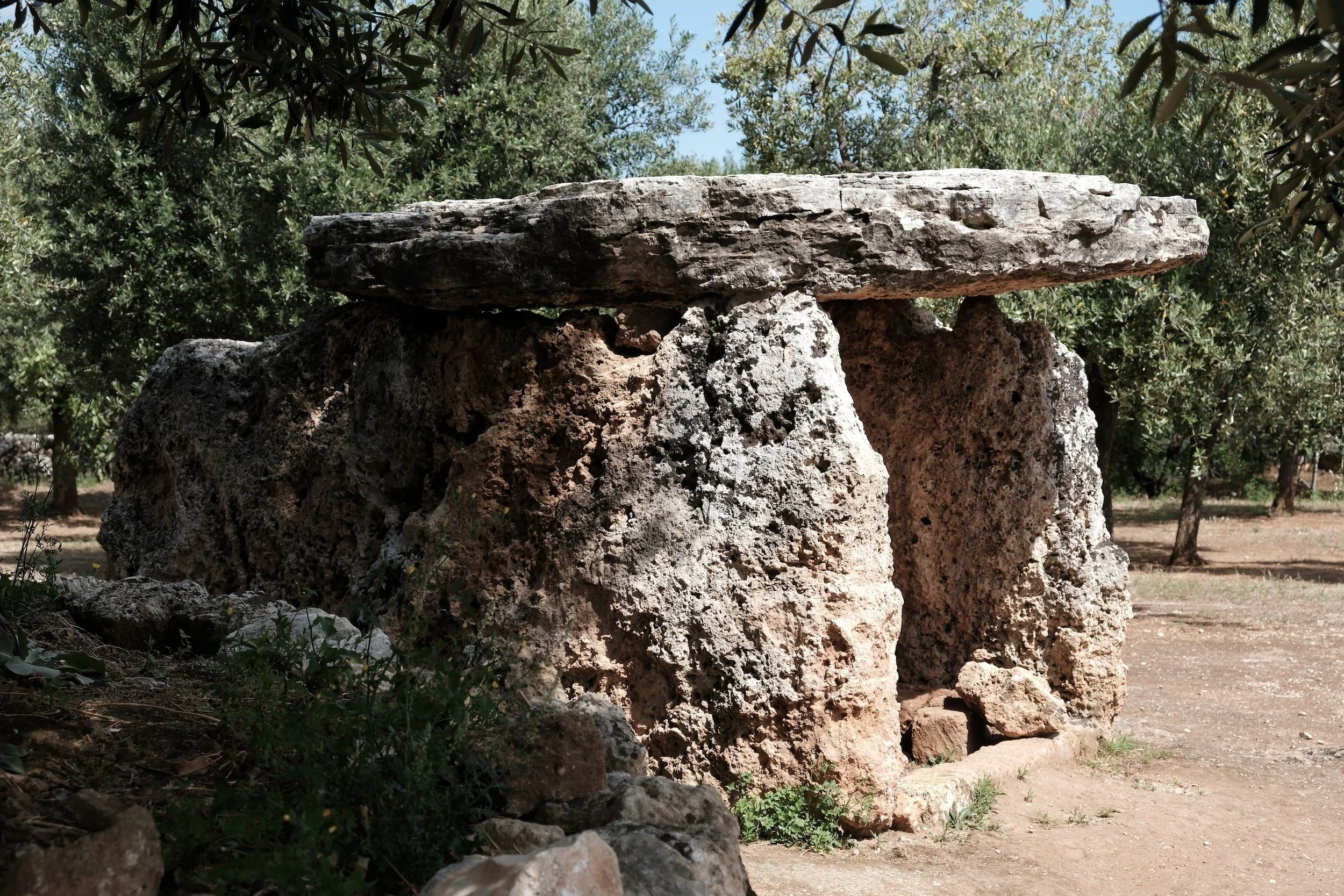
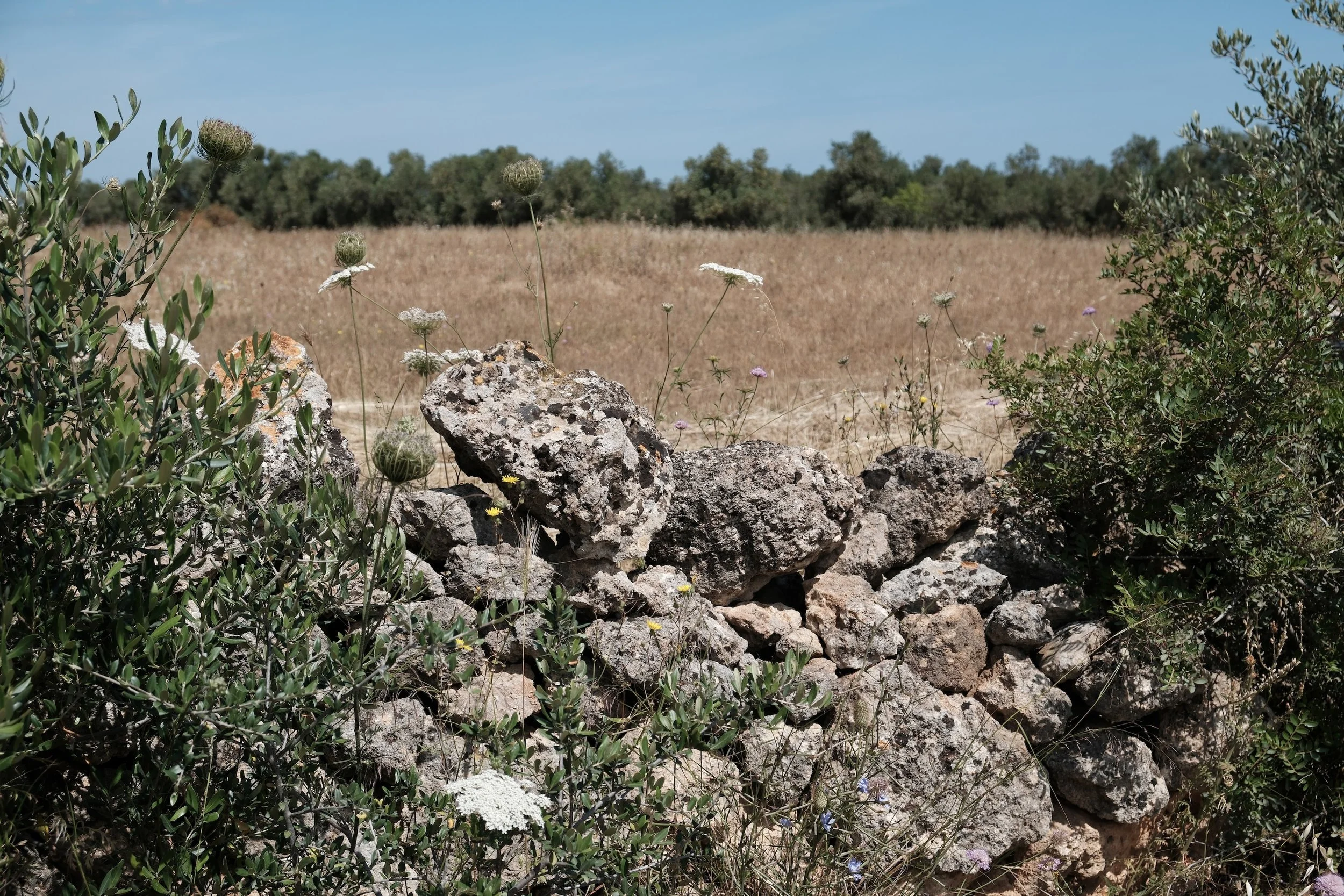


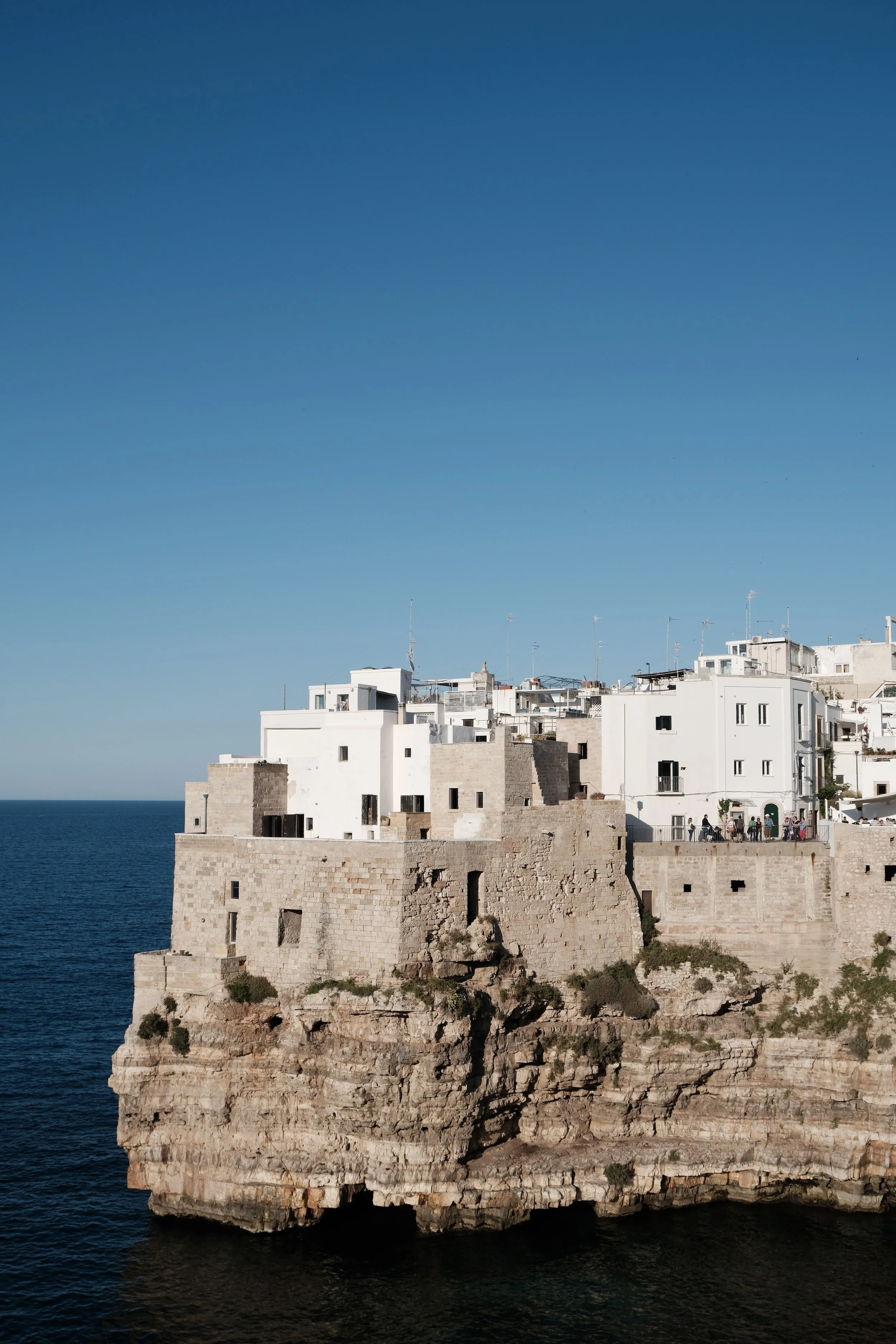
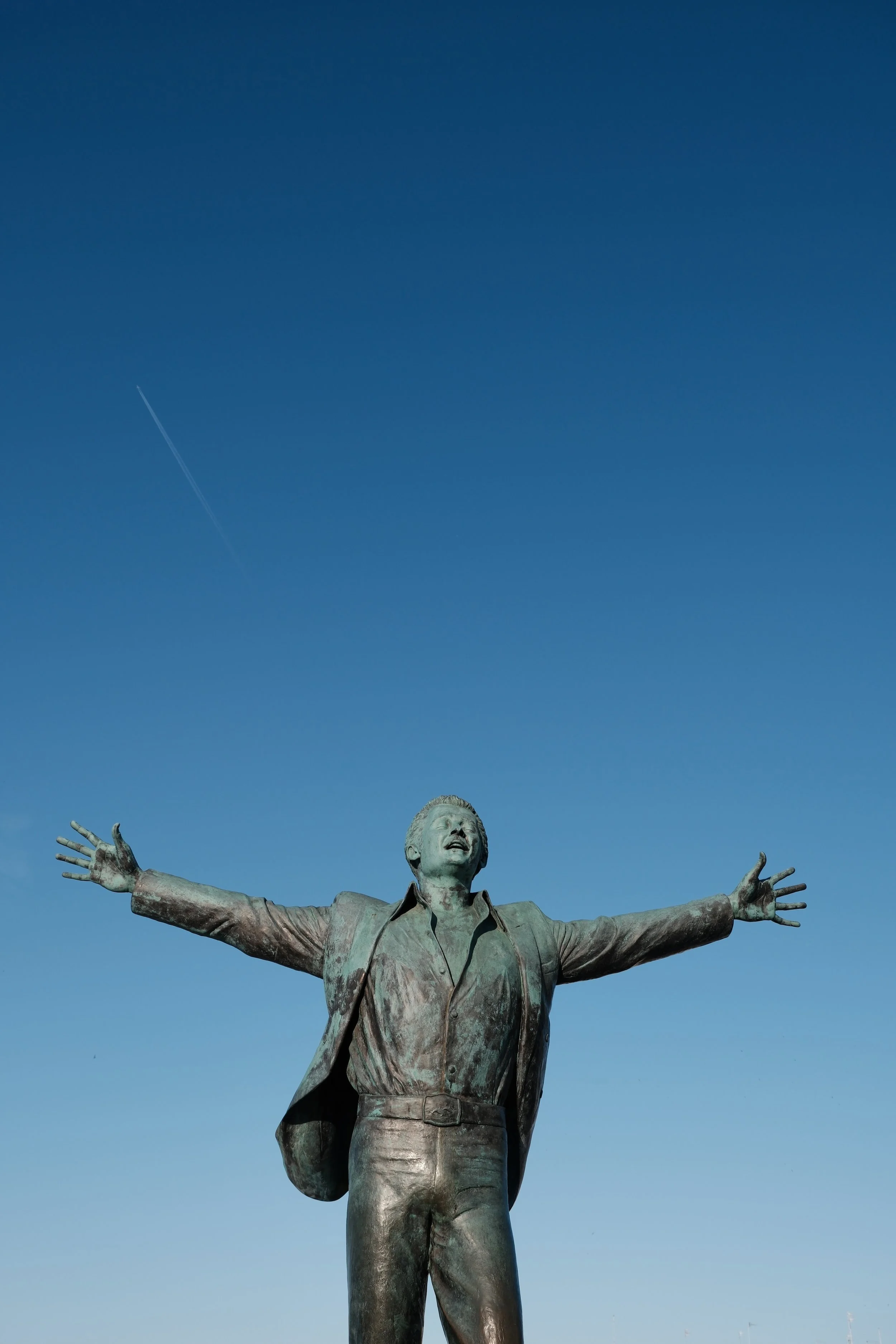
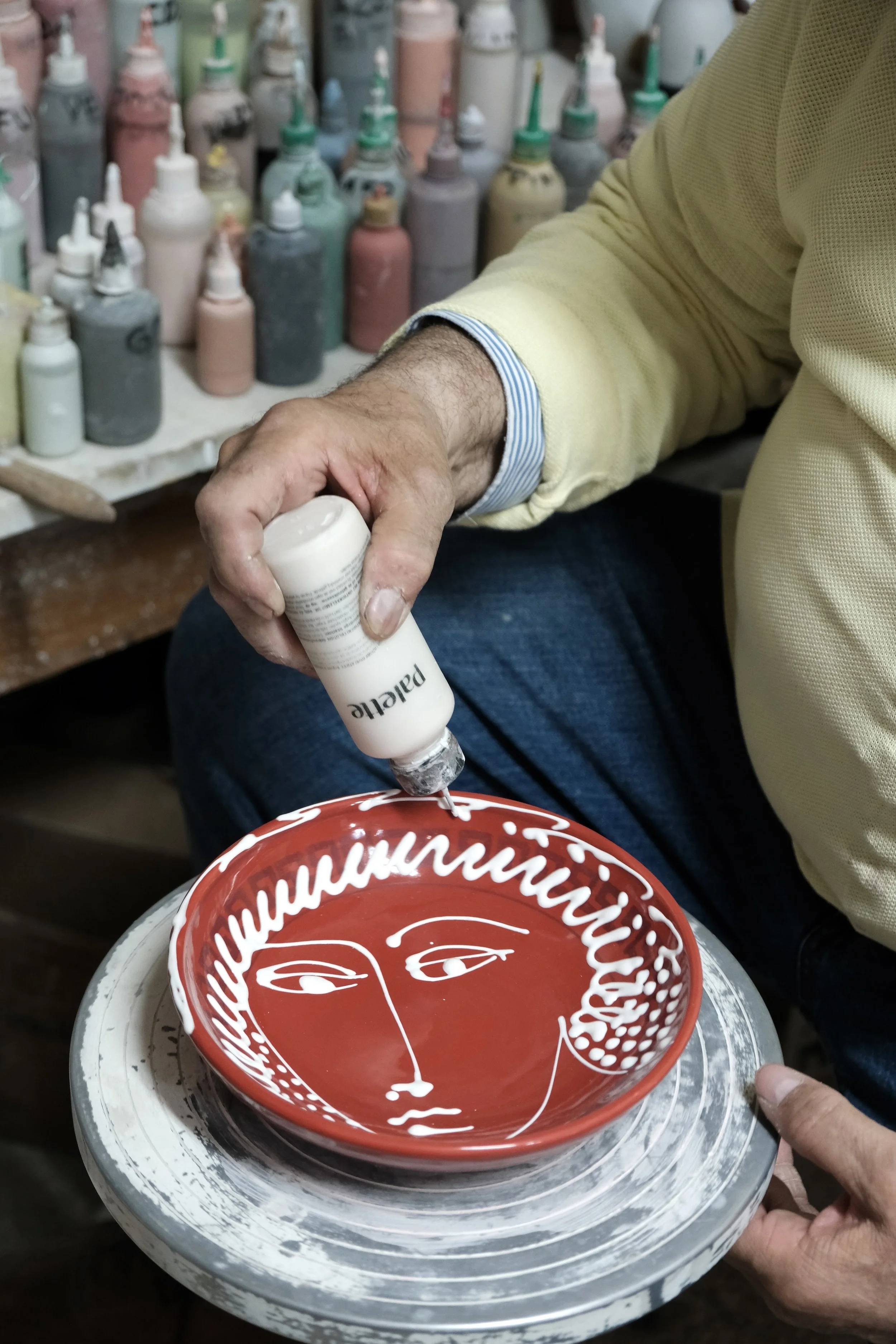
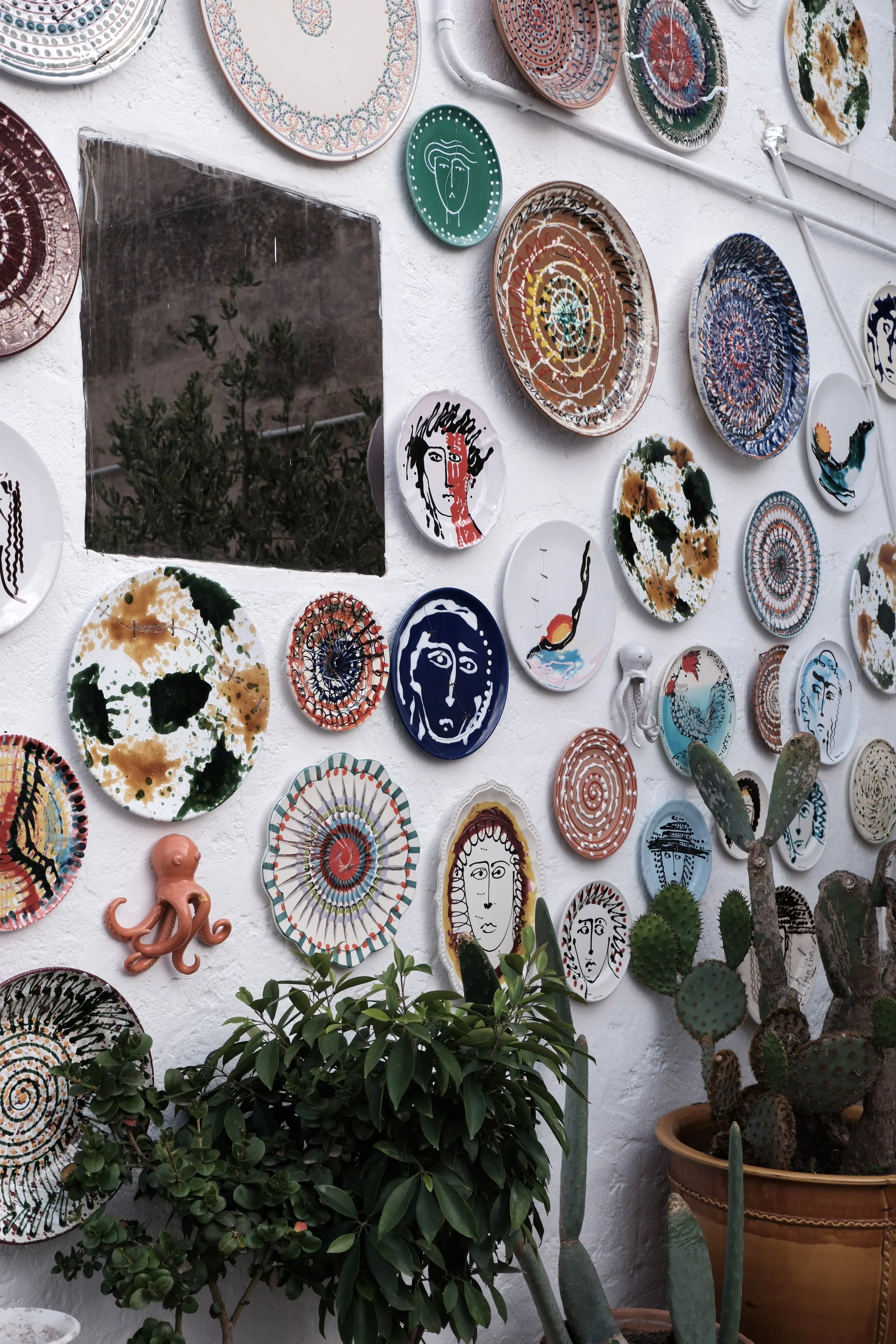
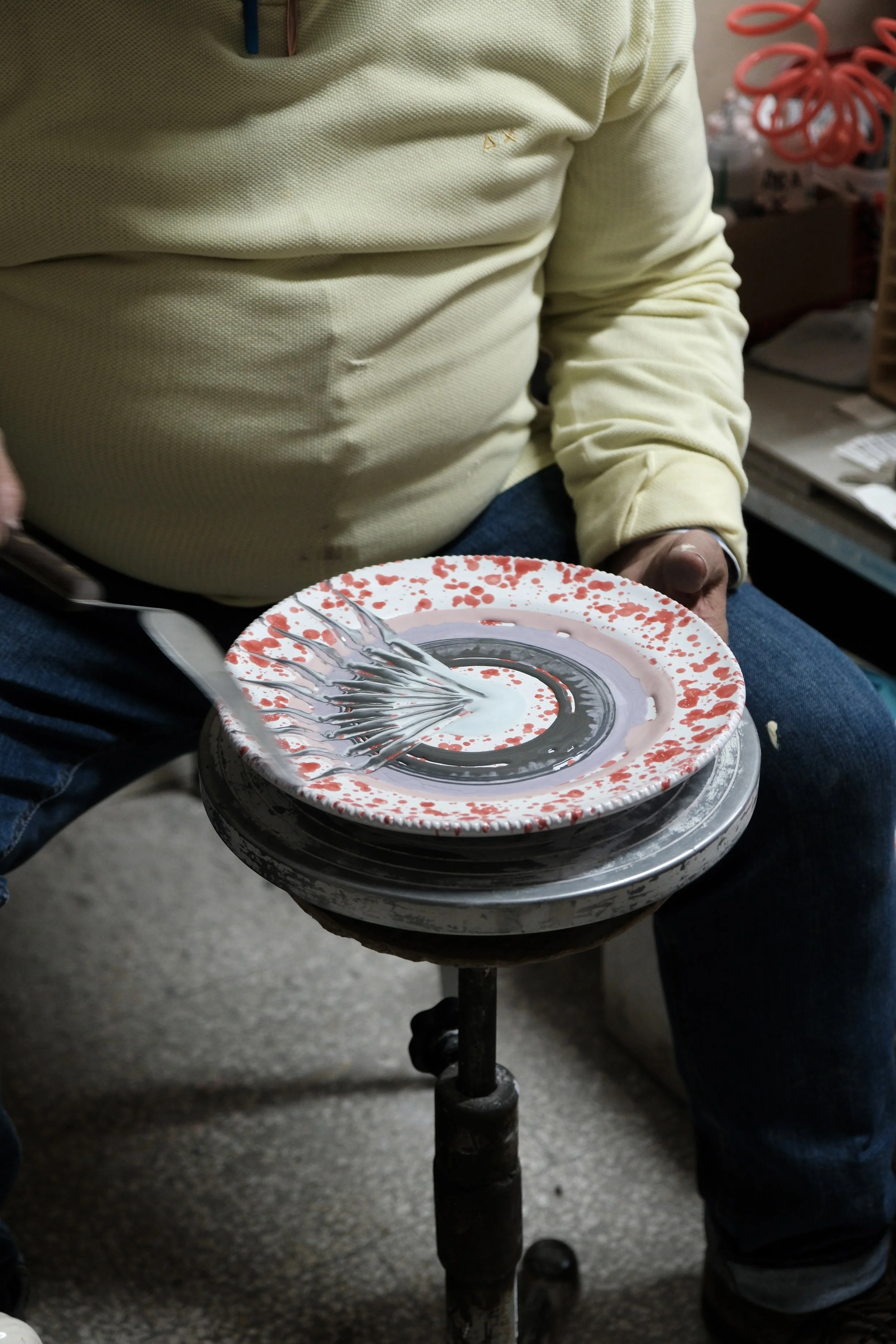
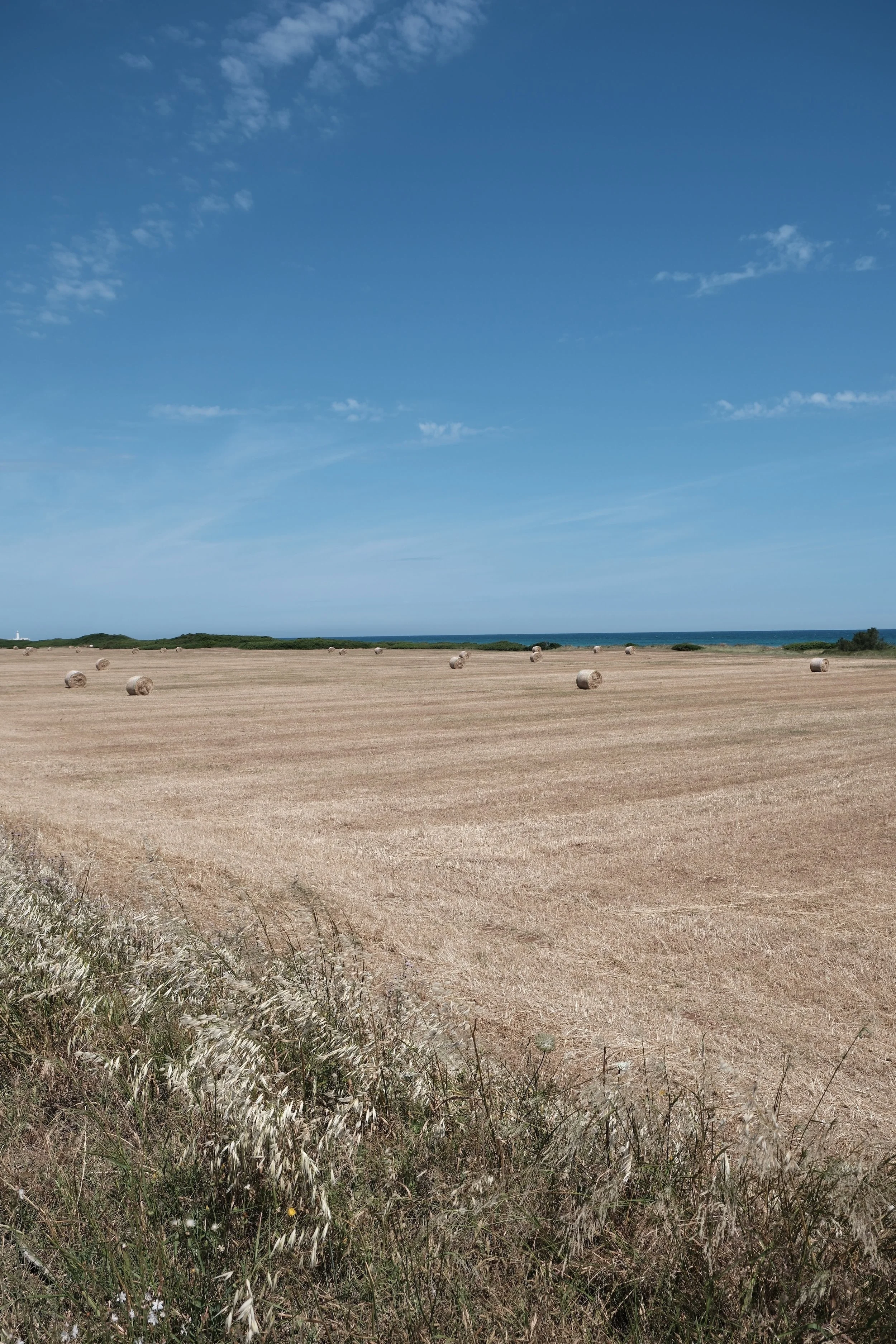


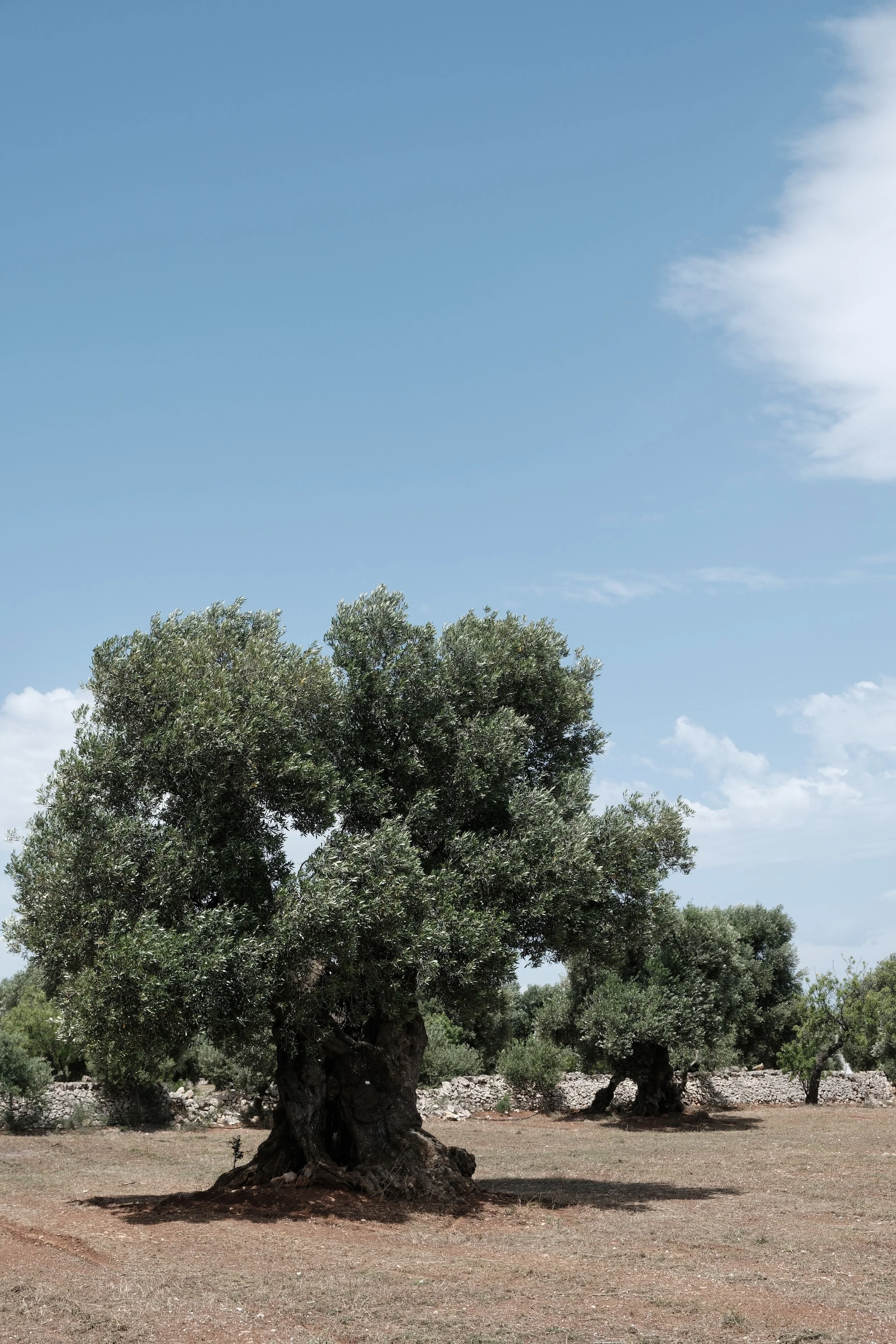
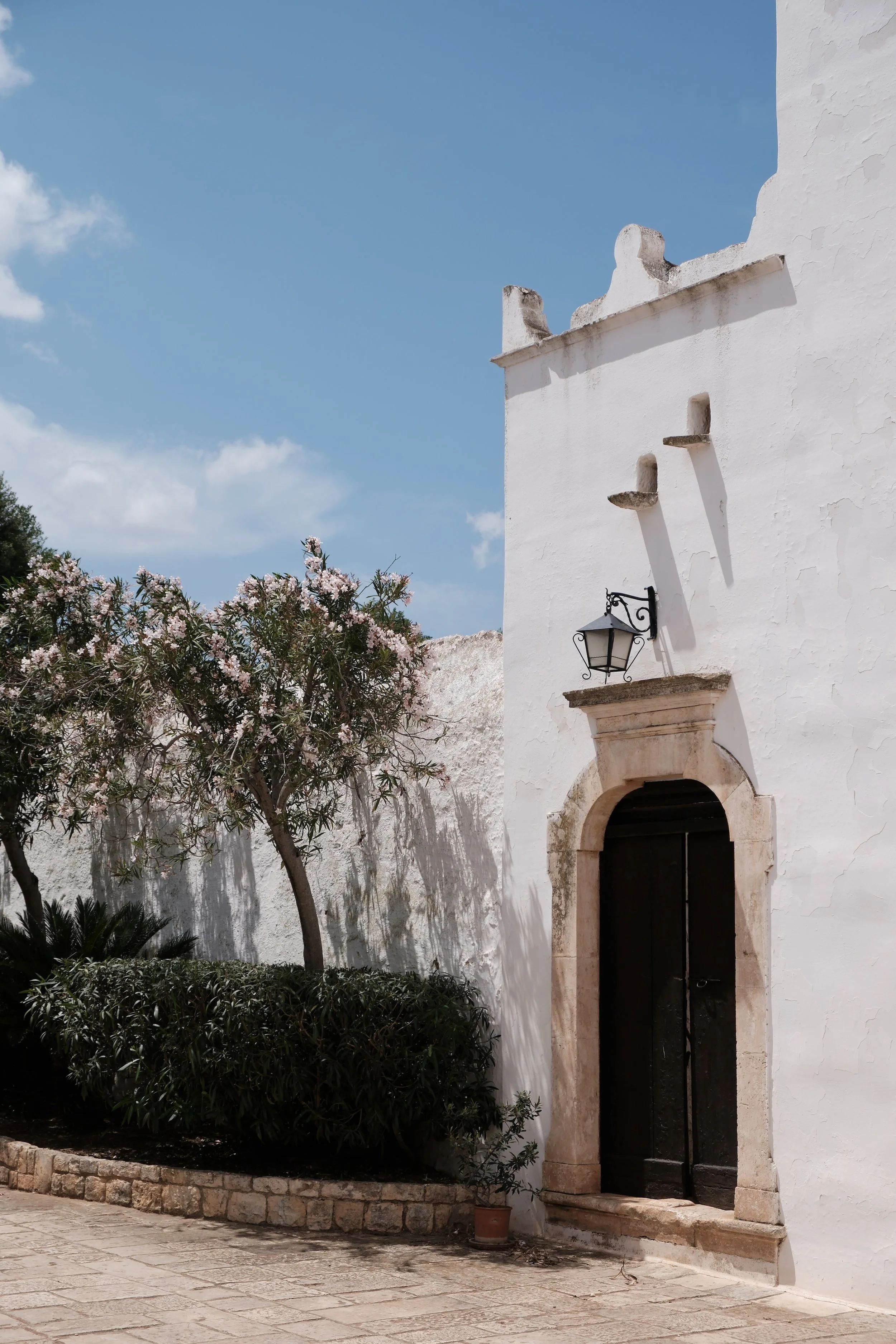
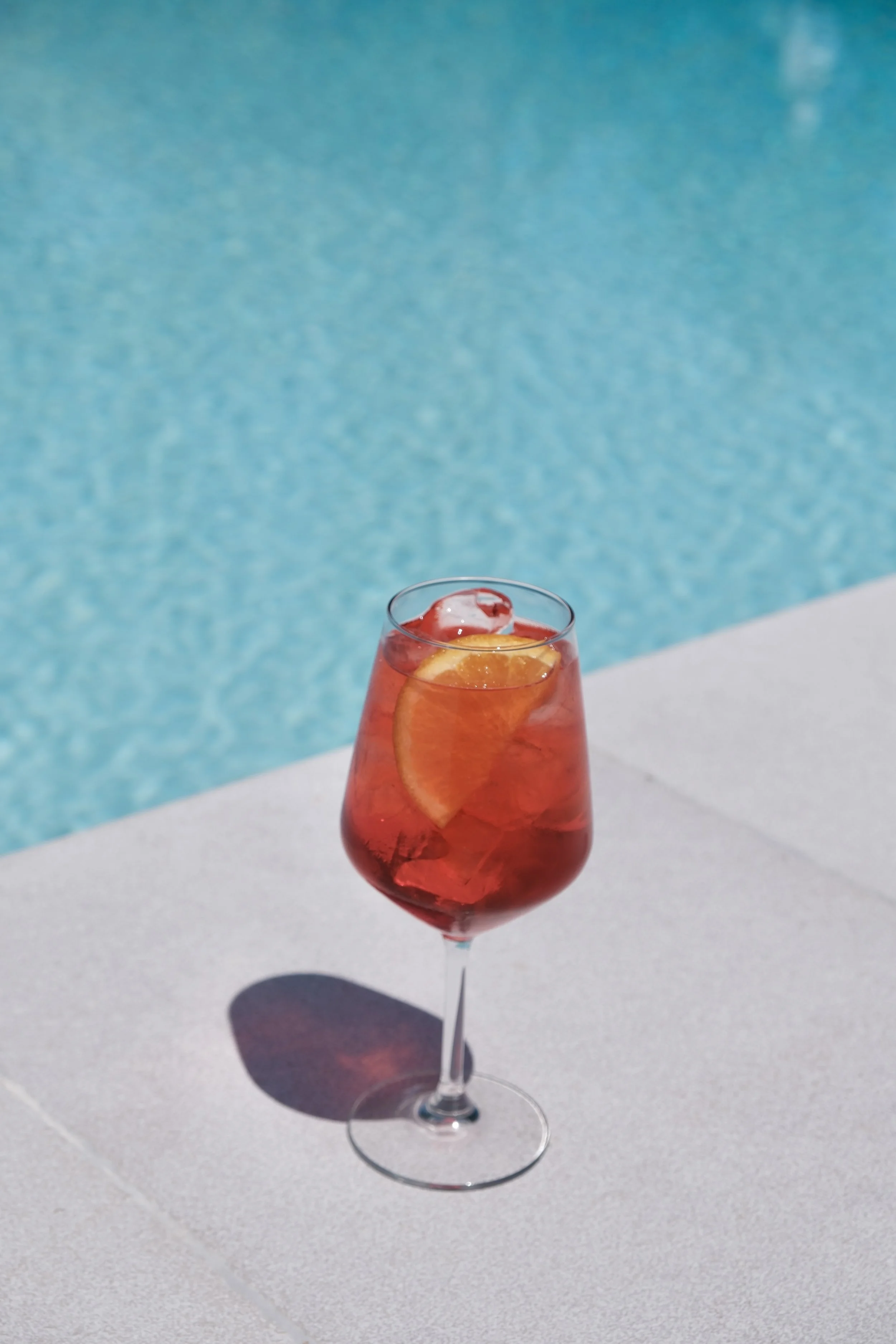
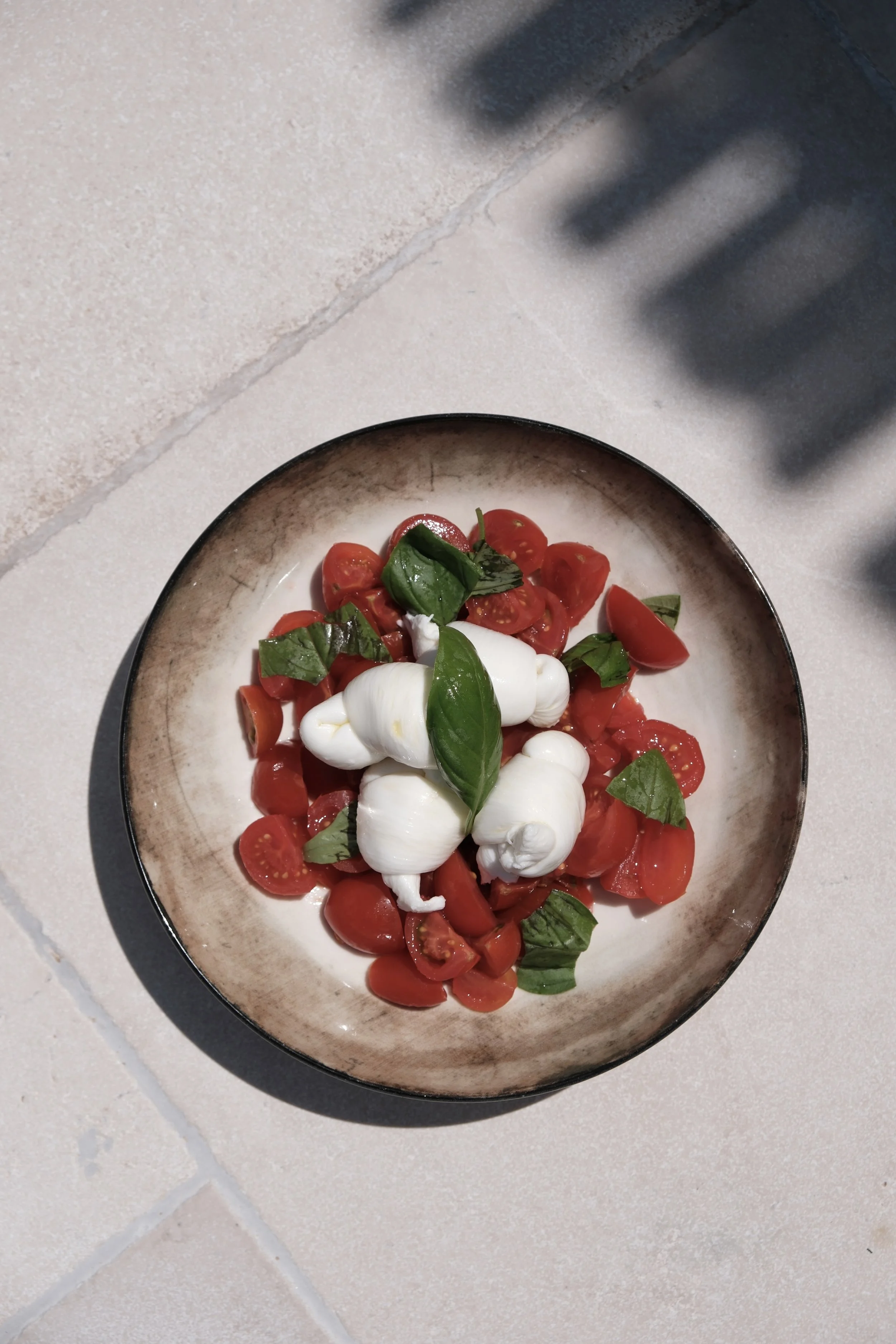
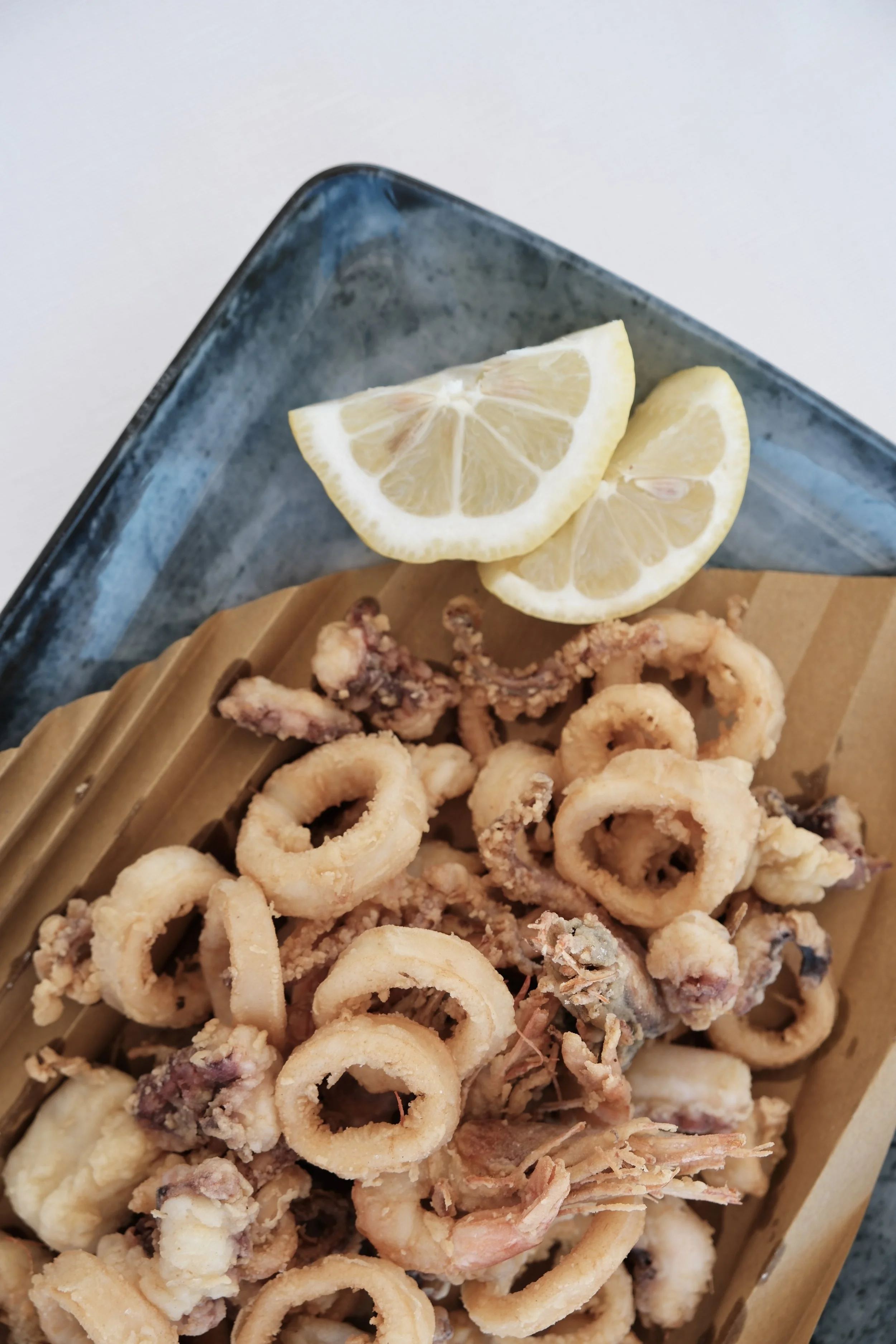
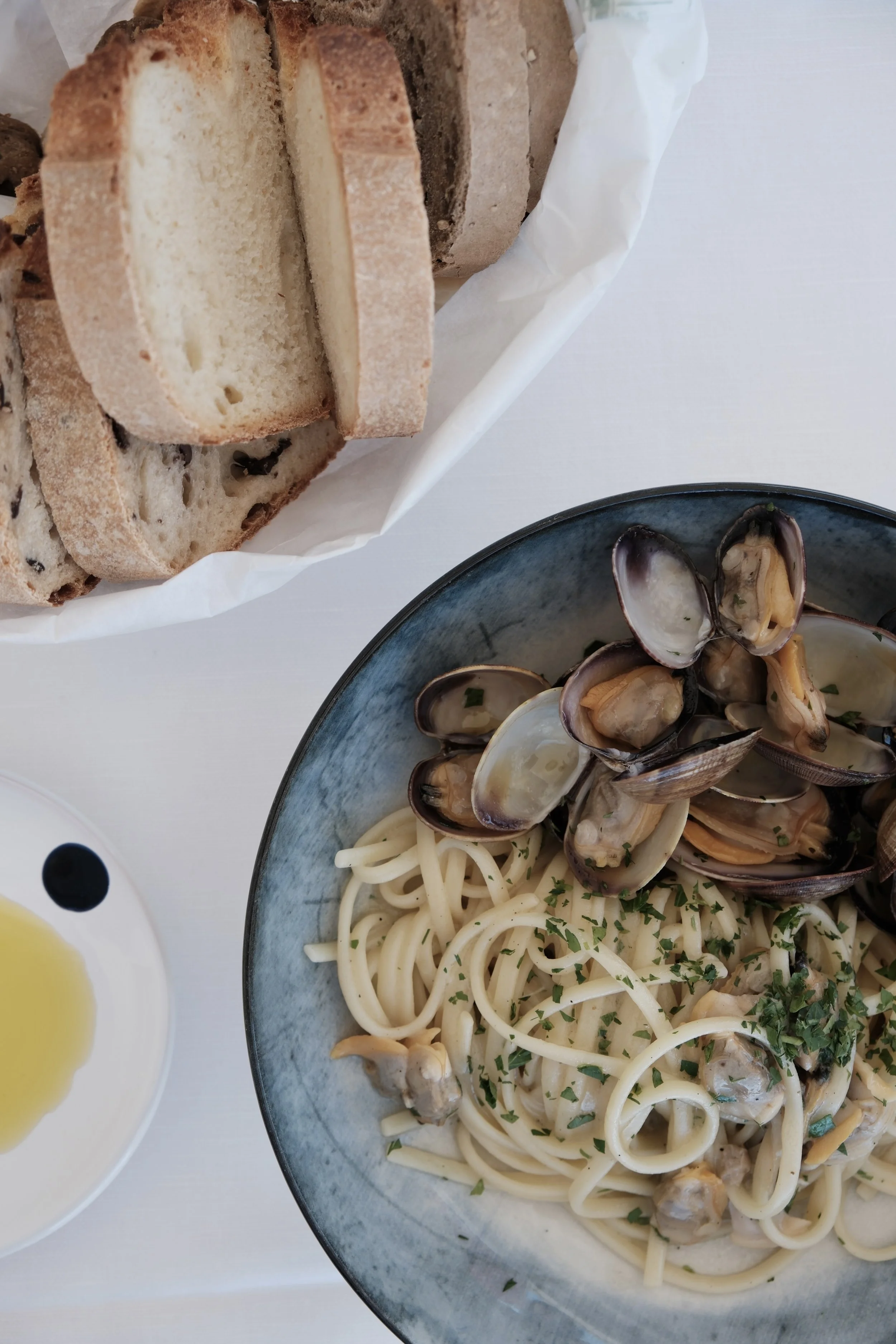
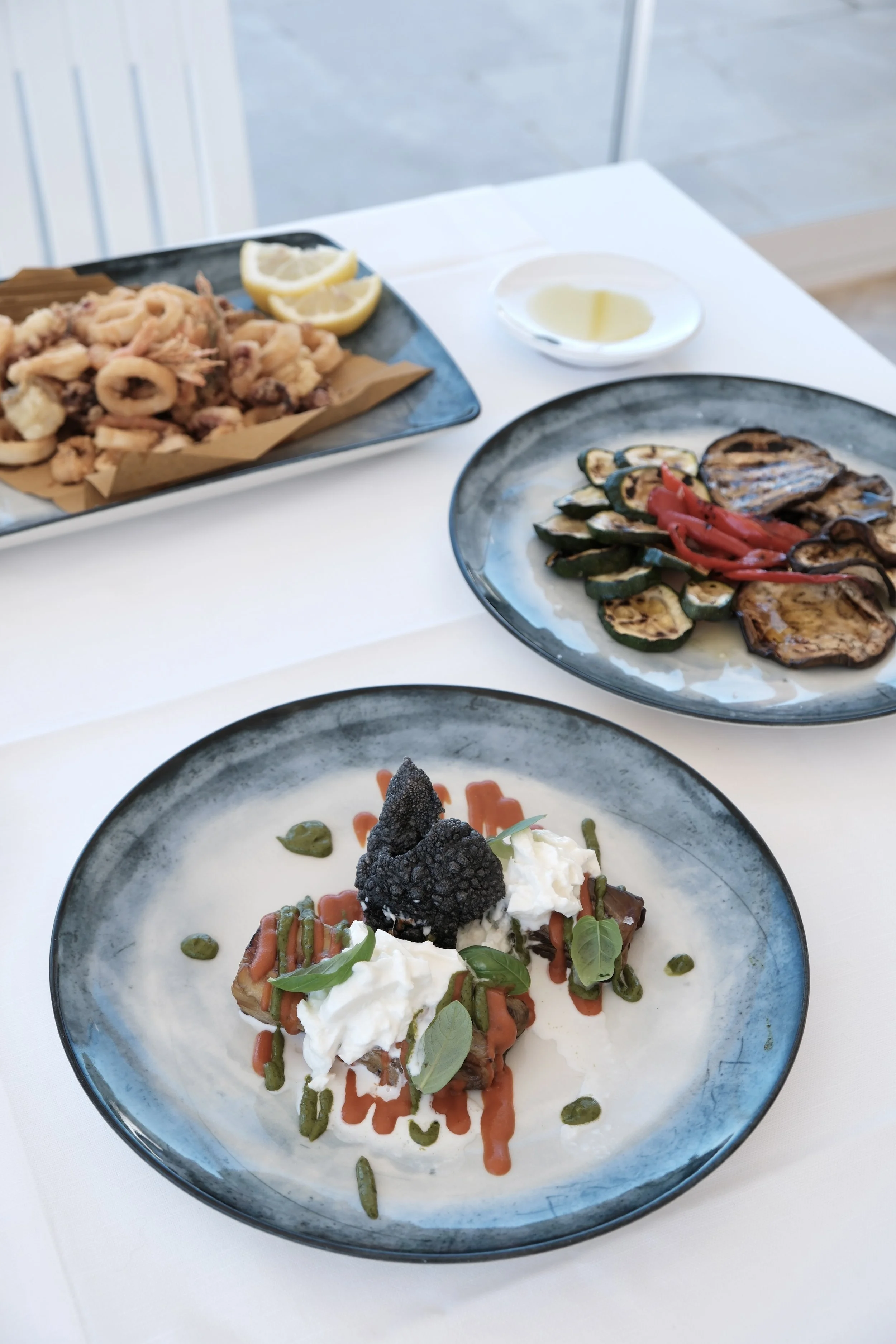

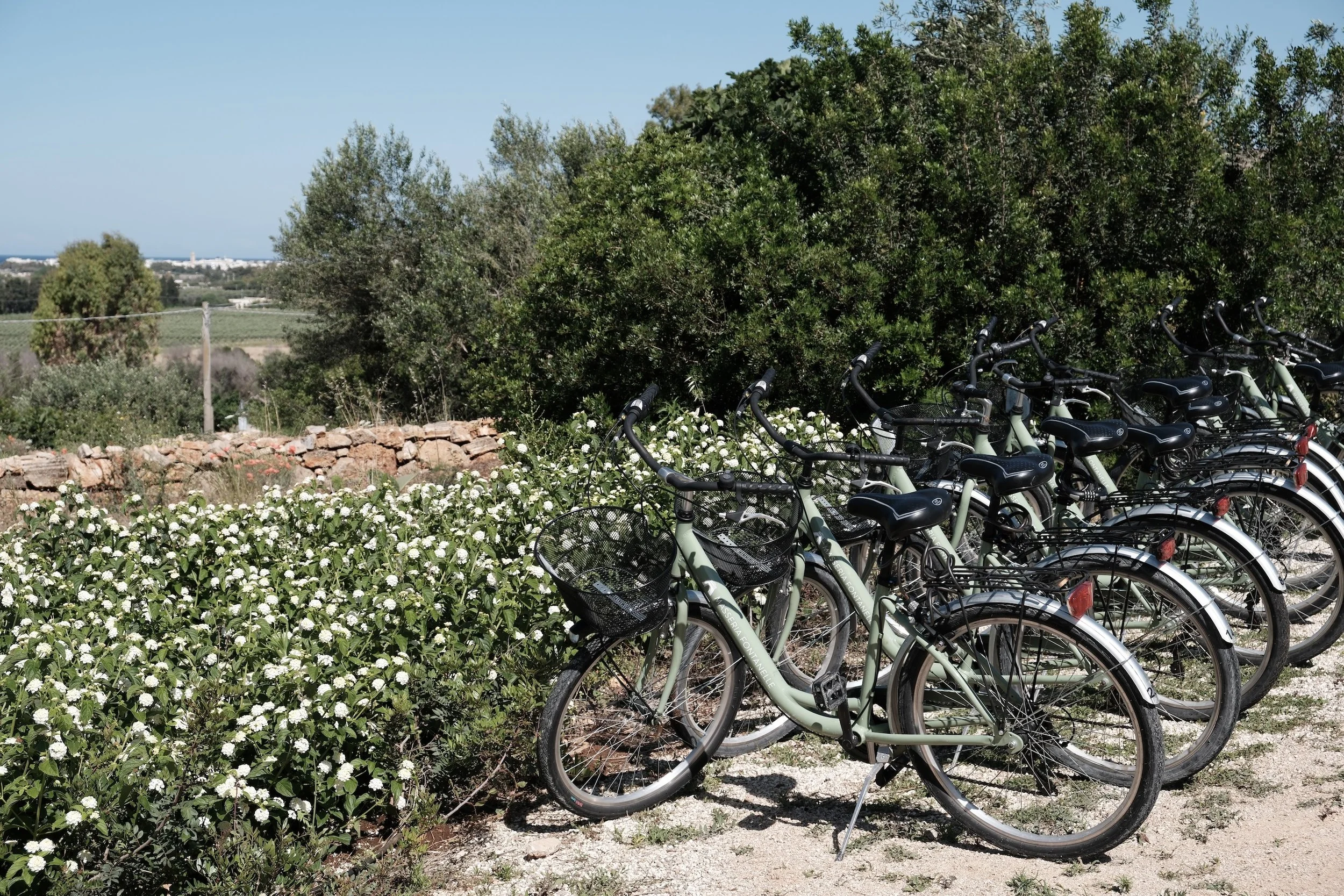
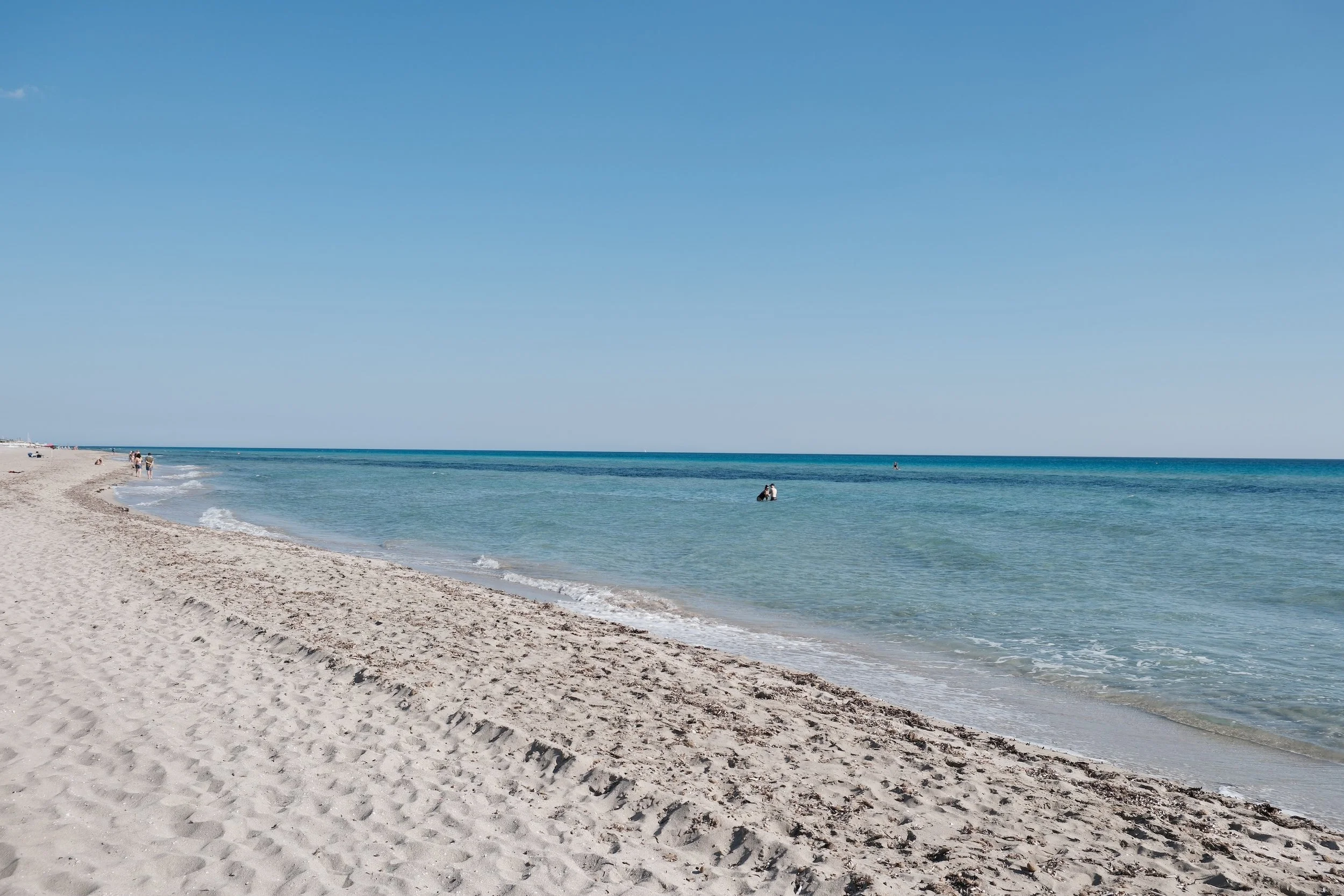
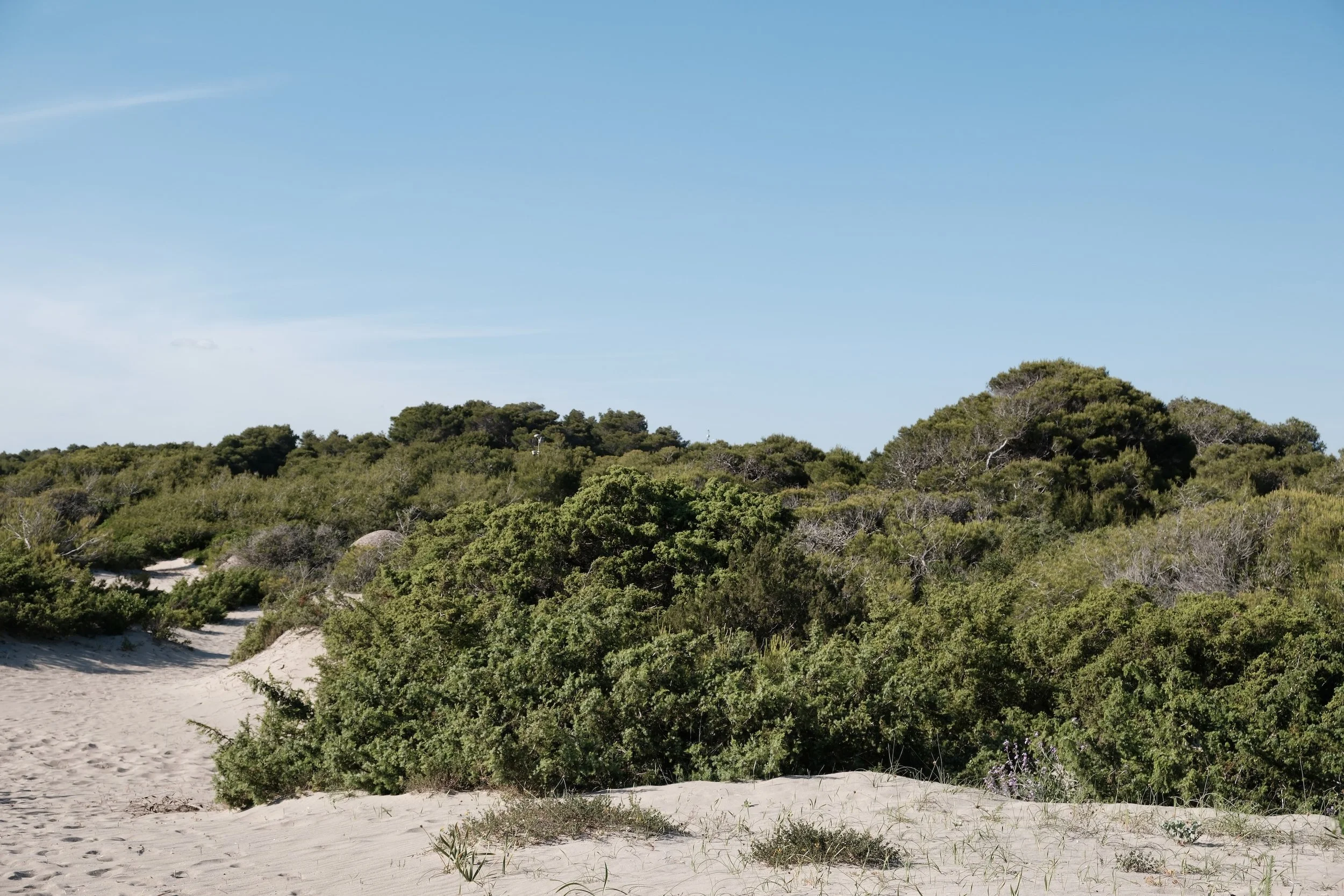
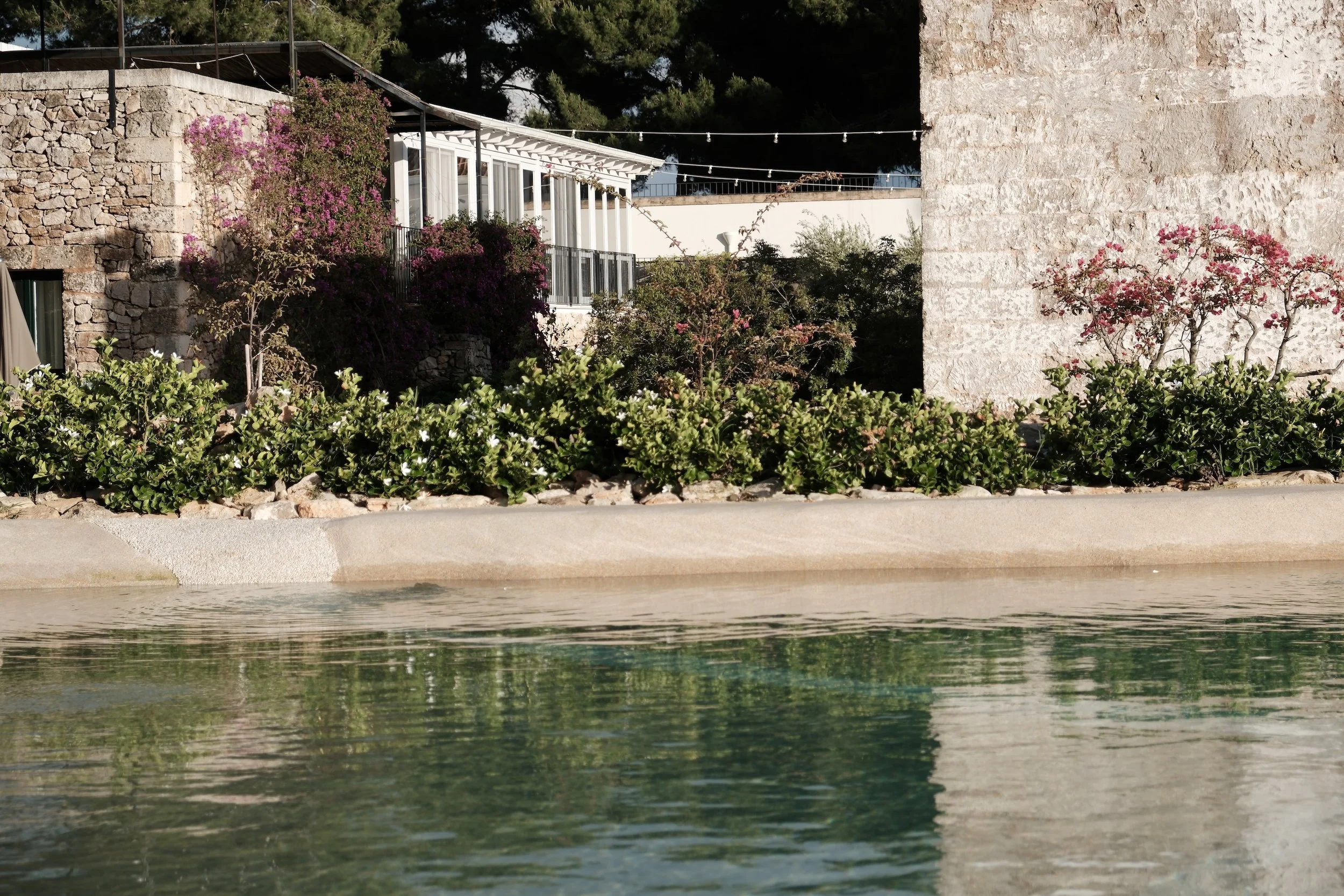
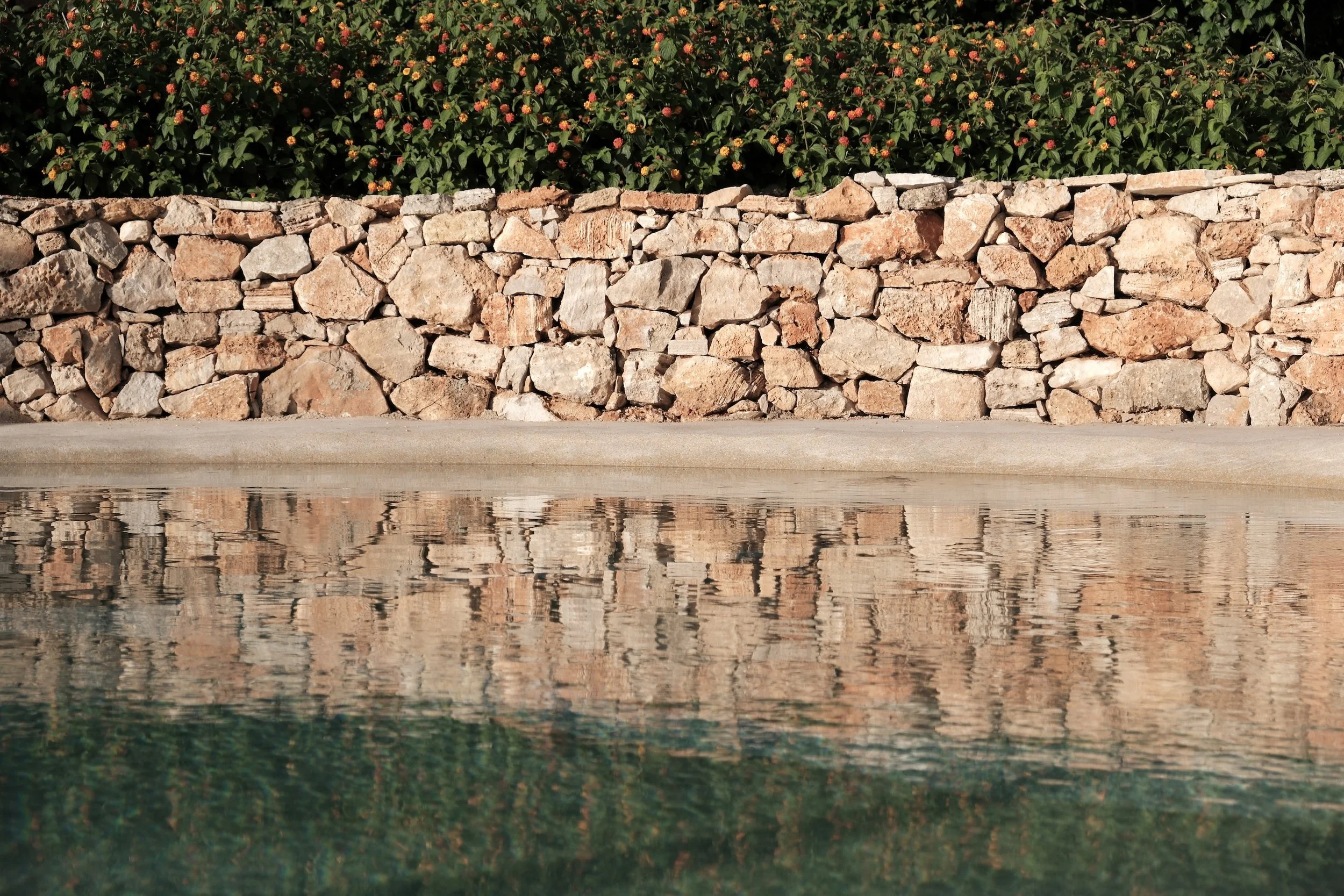
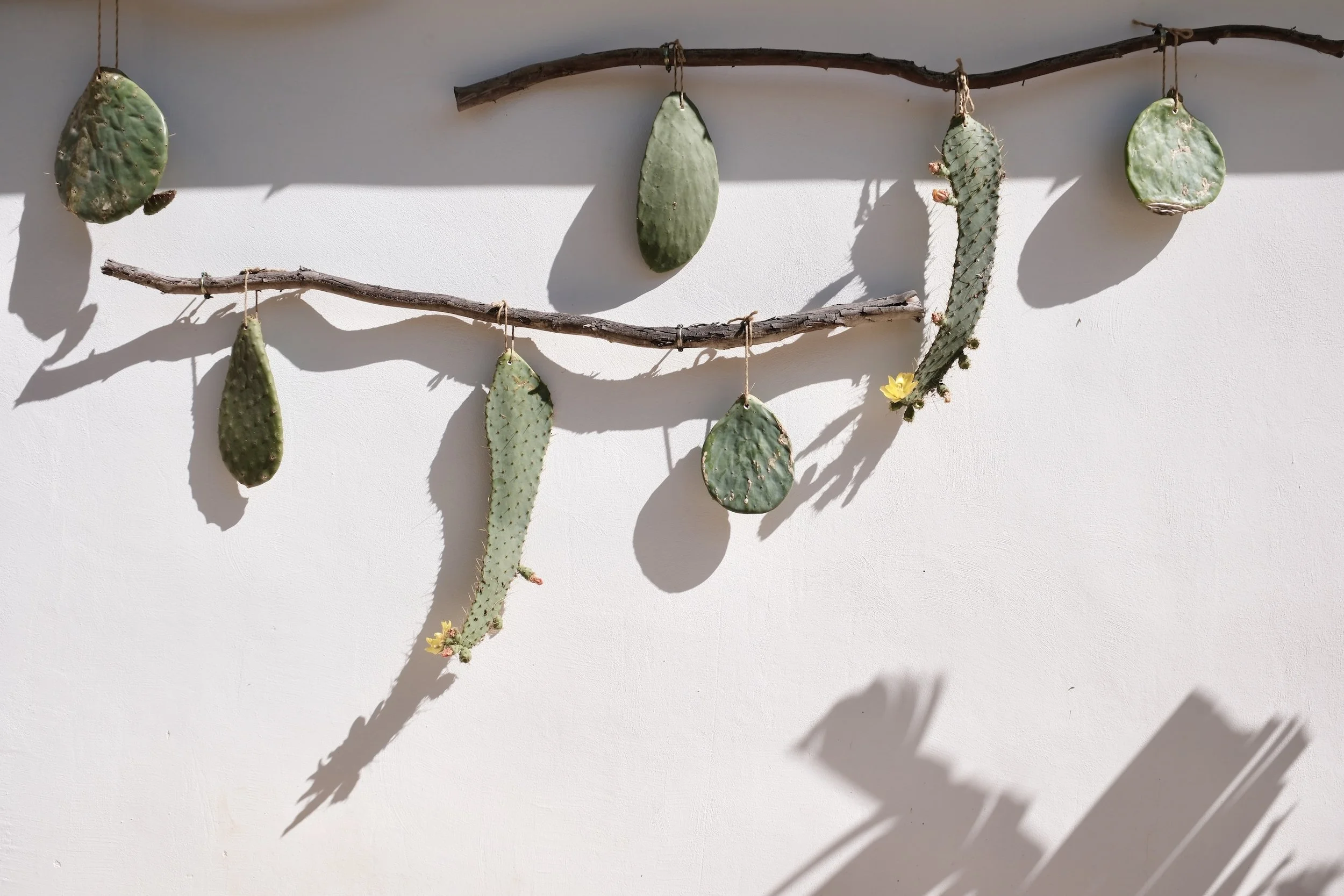

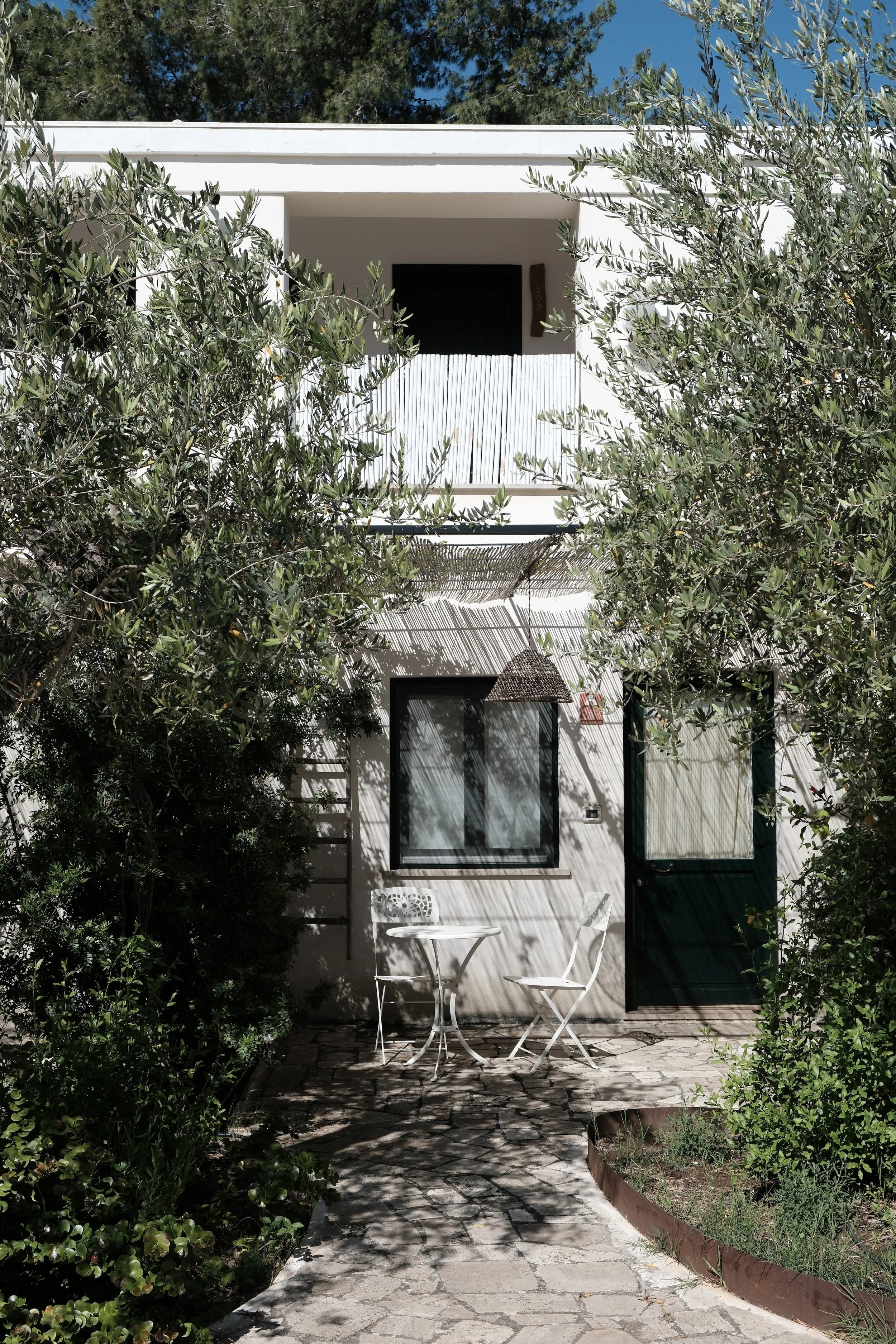

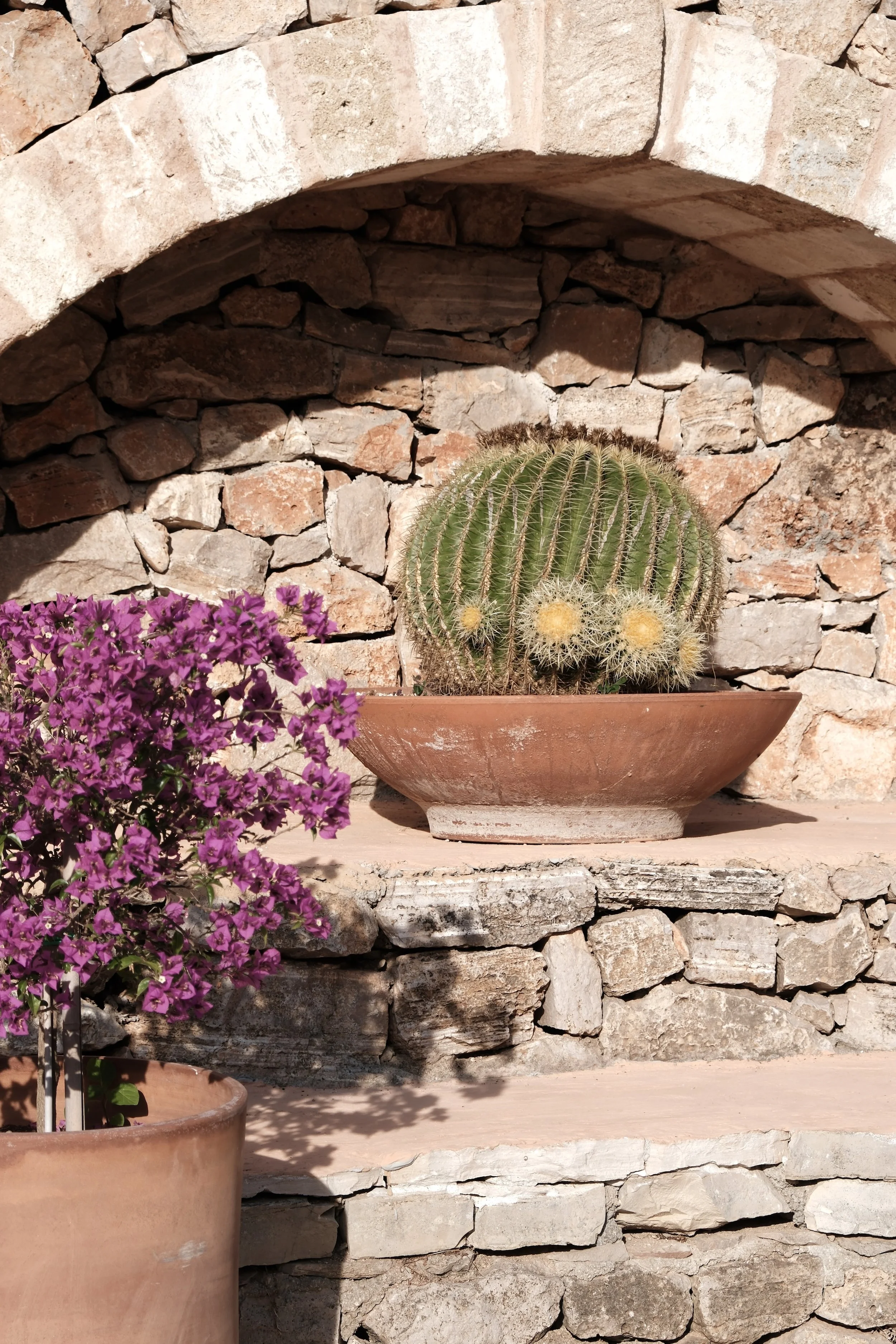


























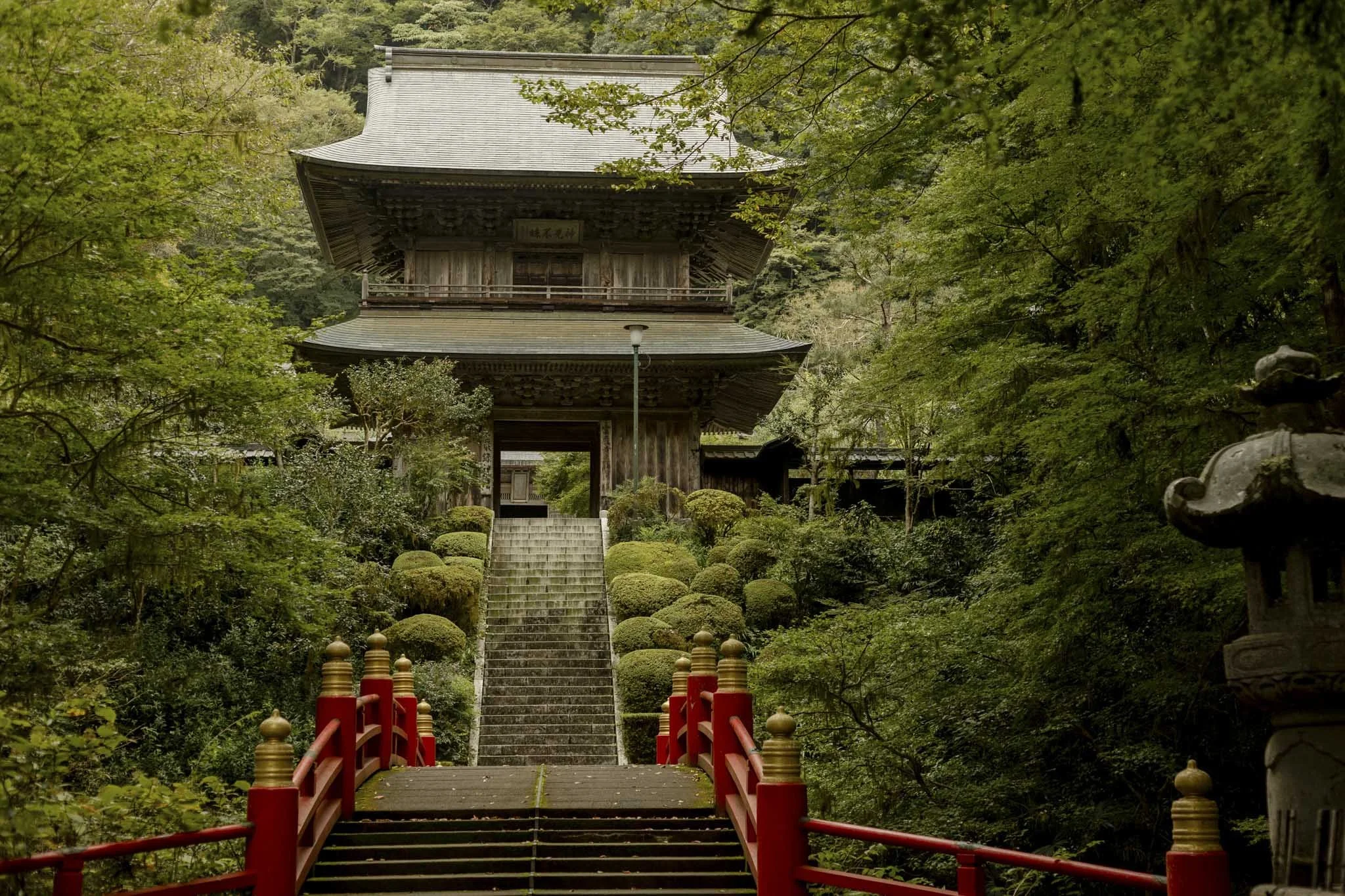











Celebrating Cecil Beaton at Wales’ Hawarden Estate.